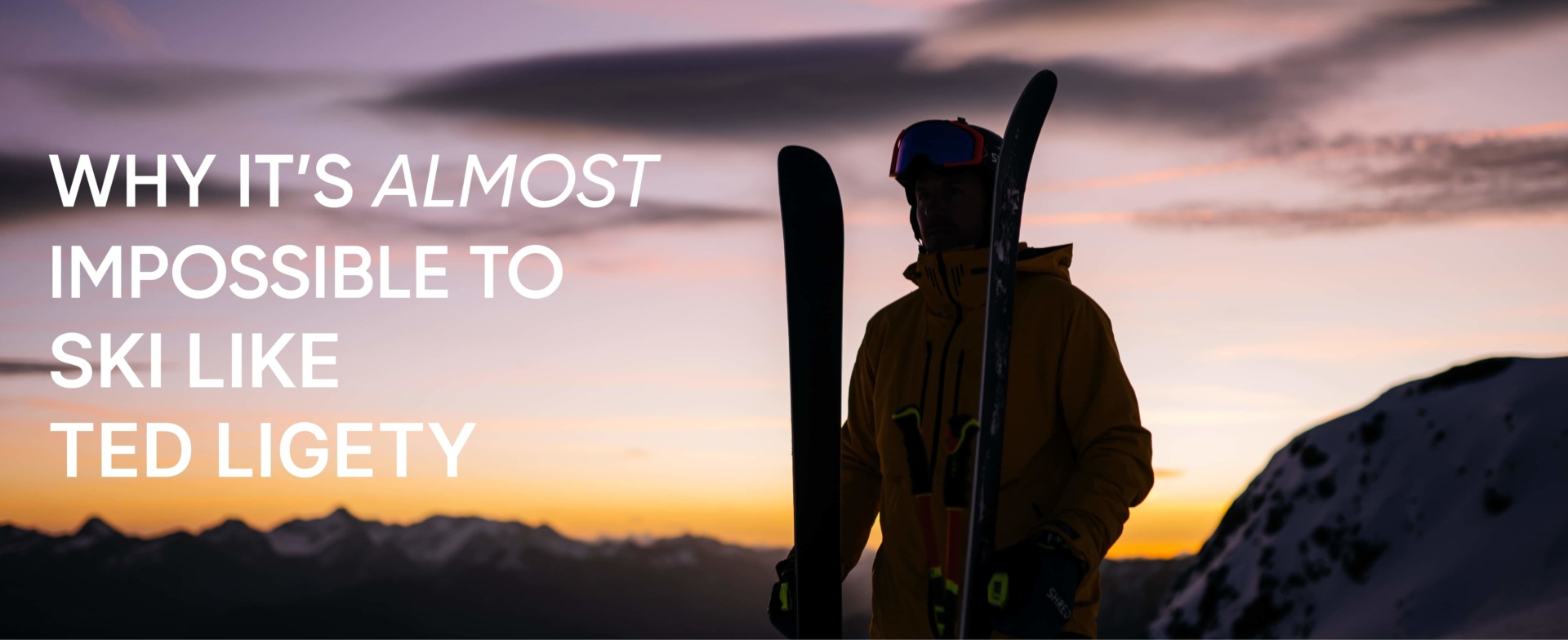
Votes:
Every year, we get one step closer to answering the question: How do you codify the perfect turn?
It’s our mission and we'll never be satisfied, but one of the biggest leaps forward came from analyzing one of the greatest turners of all time.
Ted Ligety is among the world's elite skiers. He redefined the Giant Slalom (GS) turn, boasting five World Cup championships and two Olympic gold medals. We got the opportunity to analyze one of the most unique turns of all time to codify what sets him apart.
Once we put Carv into Ted's boots and analyzed the data, our viewpoint on skiing changed forever.
Watch the film
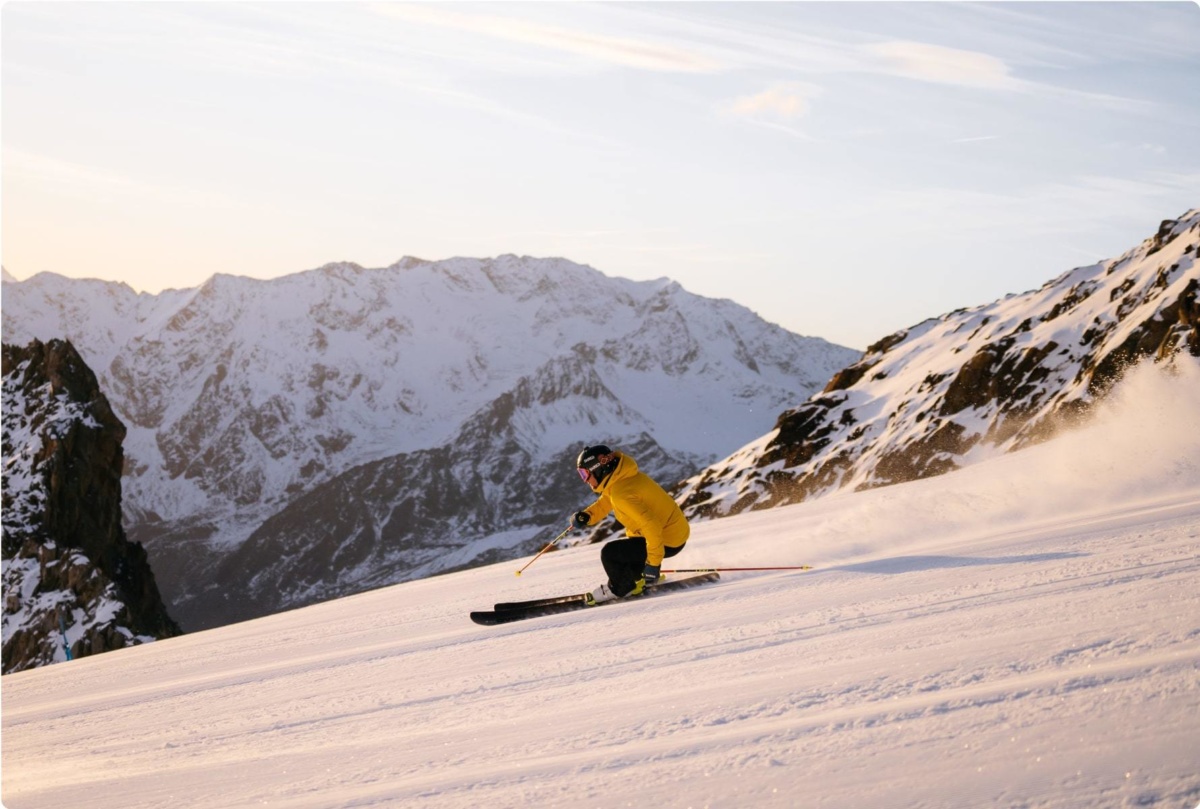
Why we wanted Ted
This section really doesn’t need writing - we wanted Ted because he opened everyone’s eyes to how dynamic, clean and low it’s possible to get during a ski turn. It's a well-known fact within the skiing community that Ted is the king of Giant Slalom (aka Mr. GS), and is renowned for making very clean, rounded turns.
His technique allows him to pull well over 3Gs while cornering a turn - the same force Lewis Hamilton experiences at 200 mph. When it comes to executing turns, Ted is truly in a league of his own.
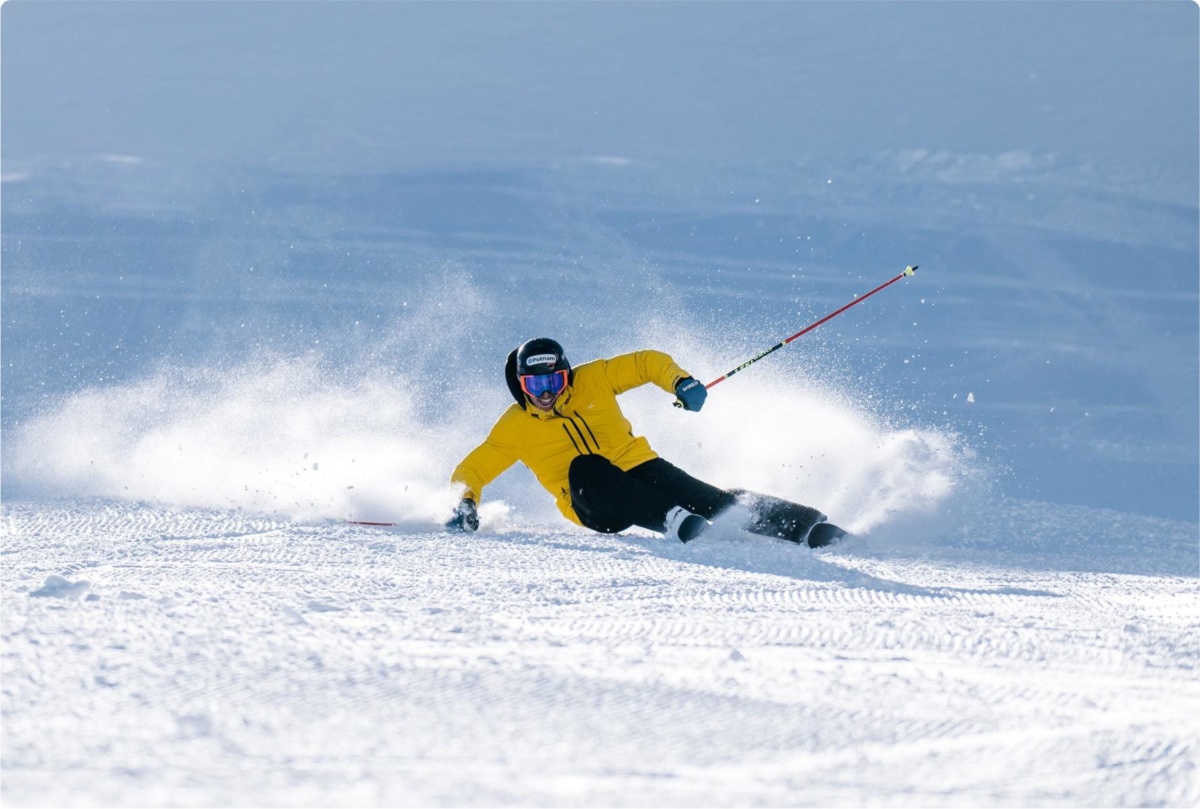
But what does a turn like Ted's look like in data? What aspects of his turn make them so special? And if we can measure it, can we find bits of that Ted magic to coach every skier on our system?
What were we going to measure?
Carv is a 36-pressure sensor insert and motion tracker that goes under the liner of a ski boot and measures everything from the context of your skiing - your turn type, turn shape, terrain, moguls, powder, steepness - to your technique - are you leaning forward, do you have too much weight on your outside ski, are you rolling both skis uniformly, what’s your edge angle?
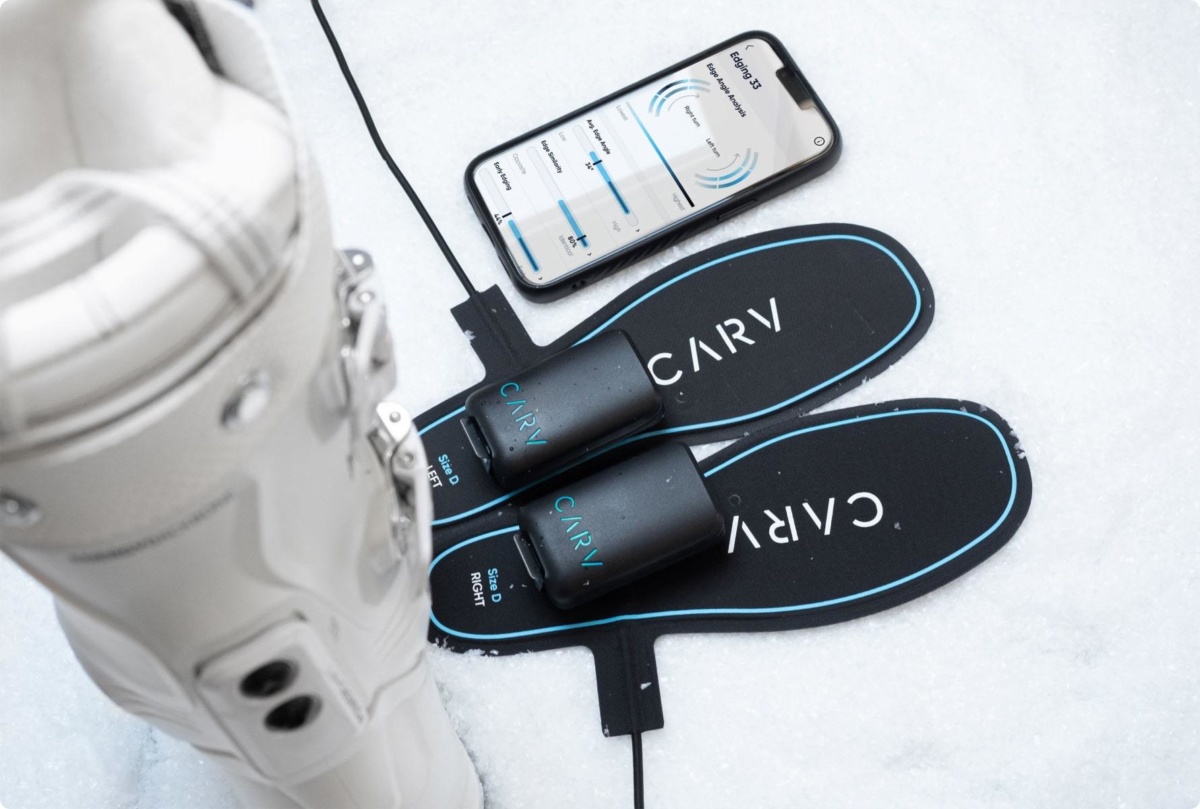
For Ted, the opportunity to quantify aspects of a sport that has massively influenced his life was intriguing. He describes skiing as a "feeling" sport; the chance to assign a numerical value to that feeling was entirely new. Having spent much of his life training at an elite level, he was accustomed to using video analysis with his coaches, but, Carv introduced a new dimension of objective feedback, available in real-time.
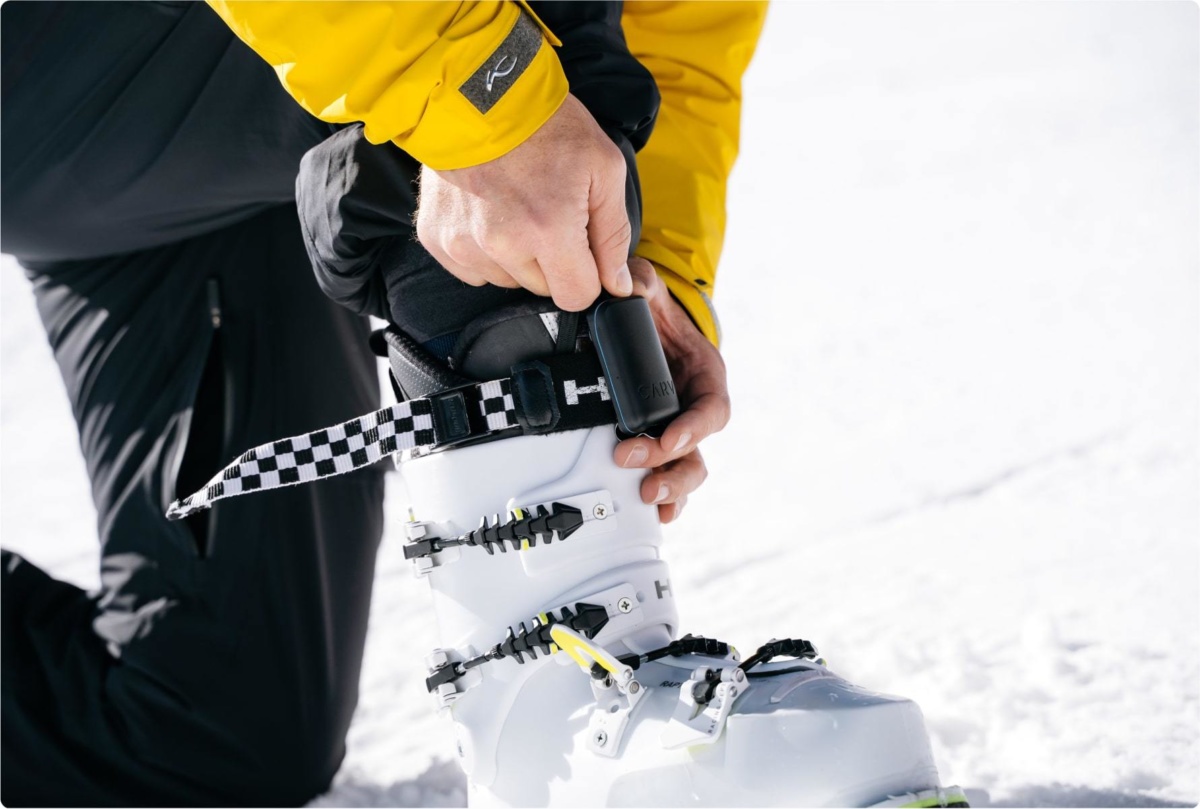
We flew him to Solden, Austria, to spend time analyzing his skiing with video and Carv's data system.
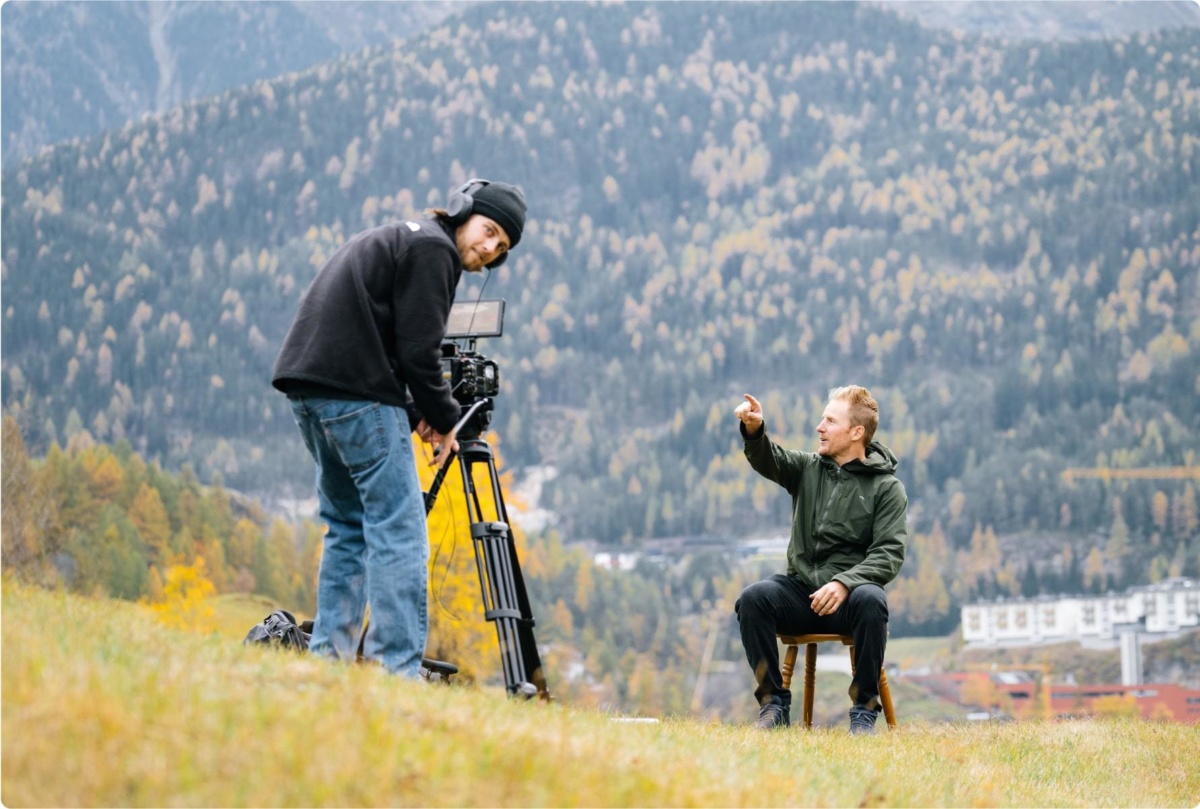

What we found in Ted’s data
When we got the data back from Ted’s skiing, we were taken aback. We expected to see a few hallmarks in his data - early edging and high edge angles - the things he was known for. And we did see these - but there were are few other things we saw in his profile that put it in a league of its own.
To start, let’s contextualize what skiing looks like in Carv’s world.
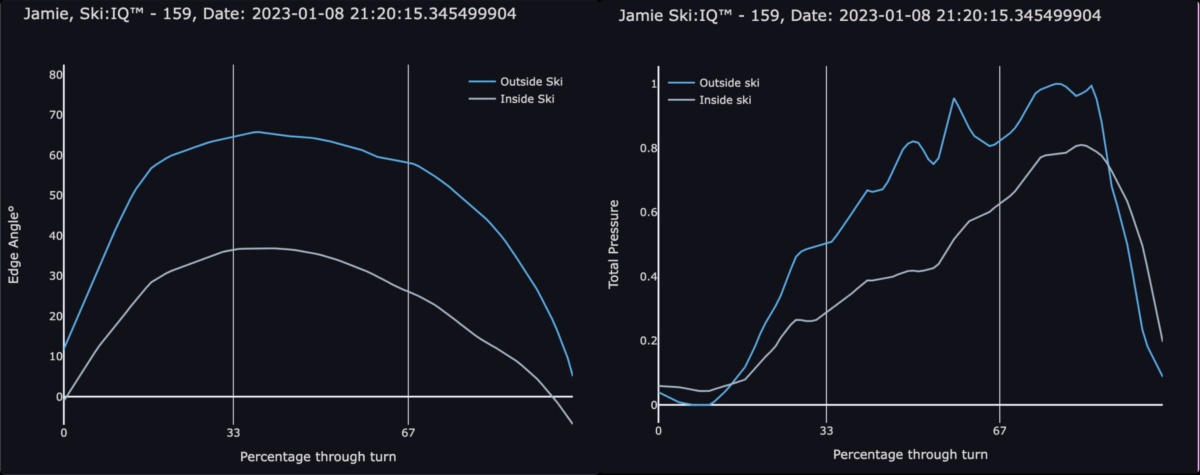
Jamie Salter, VP and Head of Engineering, with a ski run of Ski:IQ 159
To establish a baseline for comparison with Ted's skiing, let’s look at a couple of examples to contextualize Ted’s data. This is what an advanced skier looks like - Jamie Salter, VP and Head of Engineering.
Jamie was pretty brave to let us use his skiing in the film. At his best, at the time of writing his max is a Ski:IQ of 159. He often scores 150+ on a good day.
The first graph demonstrates that Jamie’s maximum edge angle reaches about 60 degrees, which is a high angle and shows advanced technique.
However, it also shows a significant difference in edge angle between his inside and outside ski (the outside ski depicted in blue, the inside ski in white), indicating his edge similarity was weaker, and he was skiing with an A-frame. You can see this in the film (sorry Jamie).


So we wanted to find a better comparison to Ted. A reasonable comparison for most of us is an instructor - someone we can all ski with and look up to.
I won't share which instructor this is, maybe some of you can even guess - but we analyzed a wide range of instructor profiles and found a very representative, top-level skier.
When we compare this instructor's data with Jamie's, we can see some significant differences in their skiing.
- The instructor demonstrates much earlier edging, meaning they engage and reach their peak edge angle much earlier in the turn.
- The instructor also has a greater similarity between the inside and outside ski.
- Their pressure application is very smooth and controlled - this is excellent data.
Now we have a baseline, let’s look at the master.
Having seen Ted ski before, there were a few things we expected to see in the data:
Clean, early edge engagement and high edge angles.
Smooth, tight, fast, turns with high G-Force.
We fit Ted with Carv and set him off to lay down some turns. Immediately, he was achieving incredibly high scores that landed him at the top of the leaderboard.

Here is Ted's edging graph - several aspects set it apart from even the world-class skiing of our top instructor. Notice how Ted's edge angle continuously increases for longer throughout the turn.
Ted's edge angle begins early in the turn, is maintained through the apex (the midpoint), and stays exceptionally high until three-quarters of the way through the turn, releasing just before transitioning into the next turn. This progressive edge engagement throughout the turn enables him to create very rounded, clean arcs in the snow.
Compared to the instructor, Ted achieves an edge angle that is ~10 degrees greater.
What is the effect? In visual terms, this means a tighter turn, with a greater portion of the turn at a higher edge angle. Ted has more control over his speed and directs his momentum across the hill.
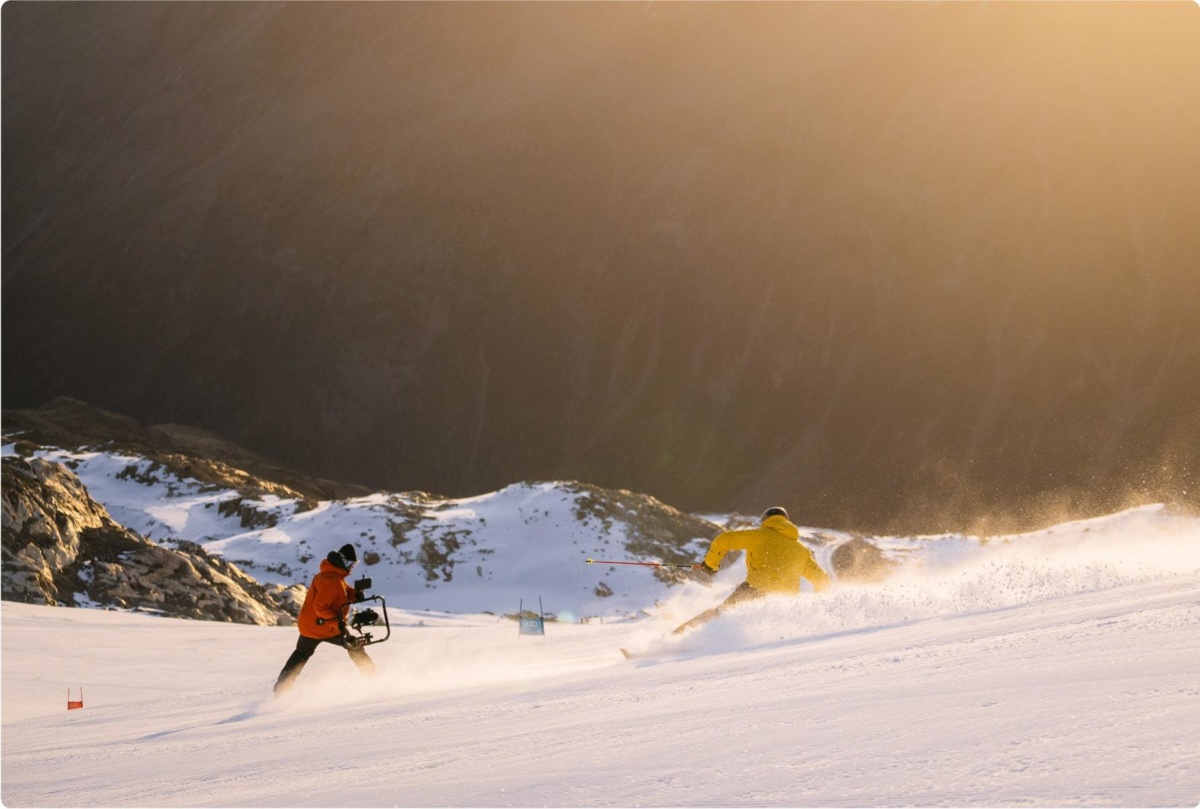
When we look at his pressure data, there is a similar story. We can see very clearly how his pressure builds which is what gives him a really stable base for the turn. The really amazing thing is the consistency and smoothness of the build-up. A great ski turn is progressive - and Ted has the most progressive edging and pressure curves of anyone in our system.
In particular, note how he drops the pressure at the end of the turn - he dumps both outside and inside ski - making this transition much earlier than almost any other top-level skier in our system. This allows him to recenter quickly for the next turn, getting right over the skis and starting that early edge engagement.

Trying and failing to find Ted’s limit
It was when we moved Ted to a steeper pitch that he came into his own.
Most skiers, no matter their level, get worse as the terrain gets steeper. Ted doesn’t. Where most skiers’ technique falls apart, Ted only gets better - he carves where others skid.

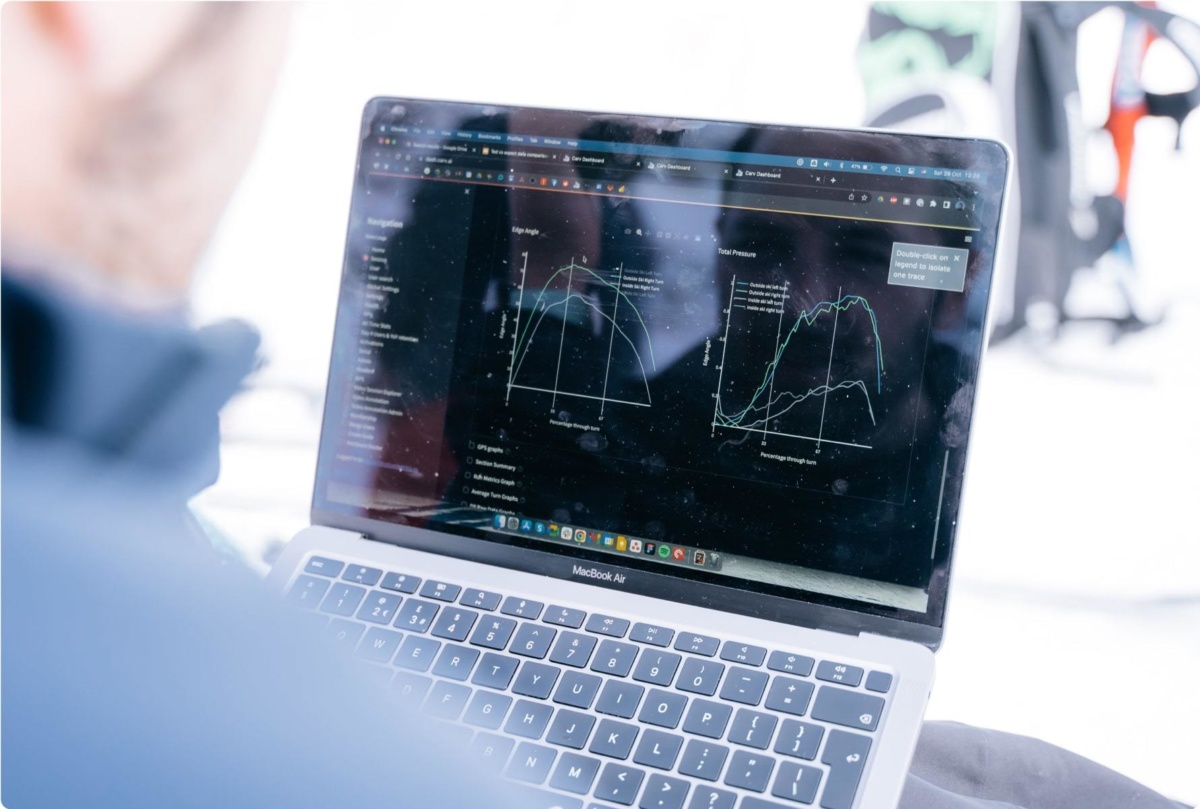
[Jamie Salter analyzing Ted's data as it happens on snow]
Here is Ted on a steep pitch, alongside the top instructor’s data.
By comparing them side by side we can see the marked difference in the profiles.
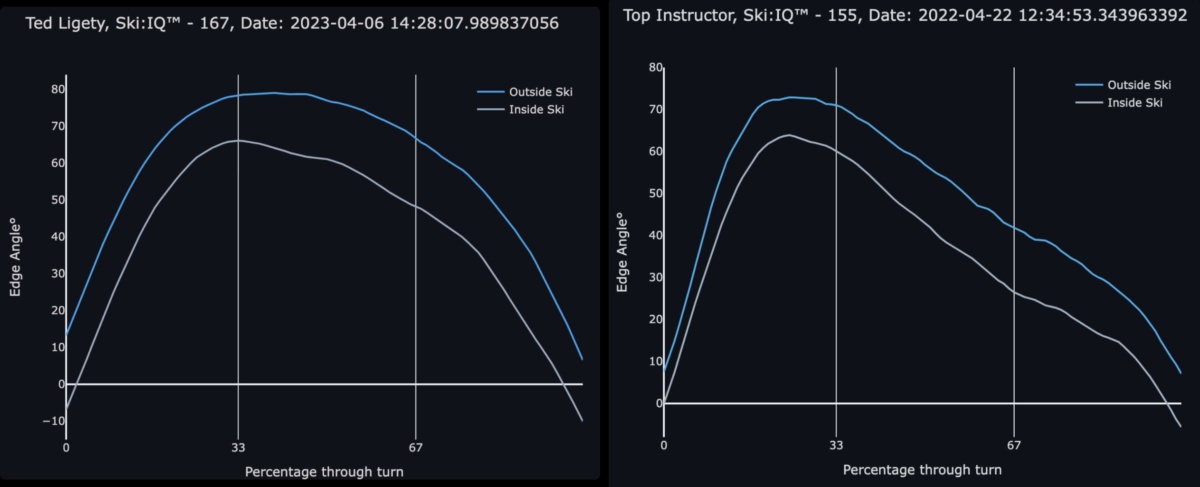
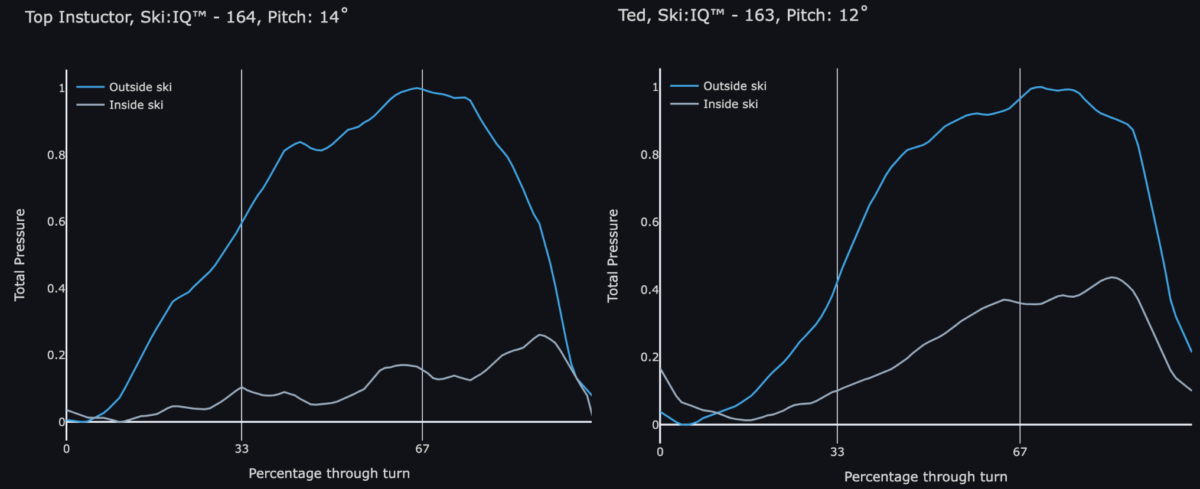
There are similarities in the initial edging technique, yet they struggle to achieve the same high edge angle.
The instructor has lost their 'progressive edge build' altogether, and they really struggle to hold a high angle for the turn. Ted's turn actually looks better than he did on a blue.
The instructor also holds high pressure for longer to control their speed on such steep terrain. This makes it challenging to initiate the next turn and recenter forward.
We could see Ted's reputation in the data. It was incredible.
It was thrilling to witness this data in person and capture it on camera. We went through the data with Ted, drawing connections between his actions/feelings and what Carv was picking up.
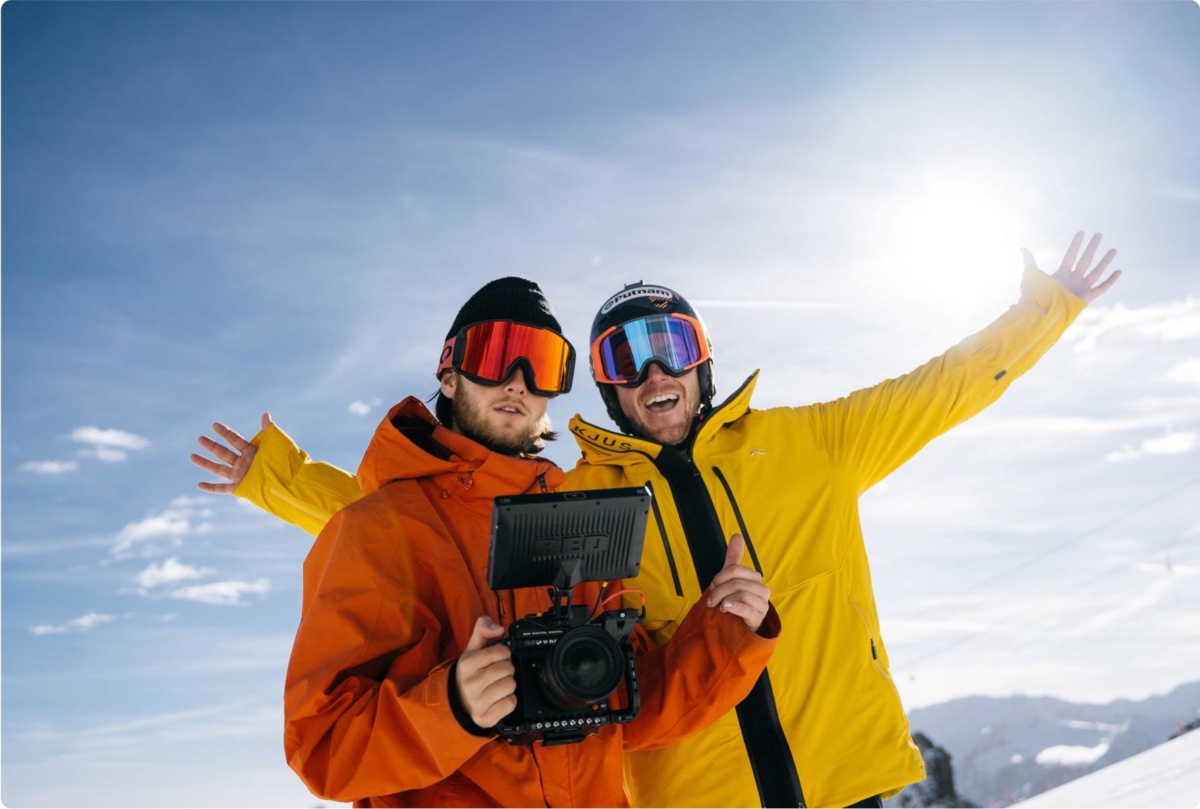
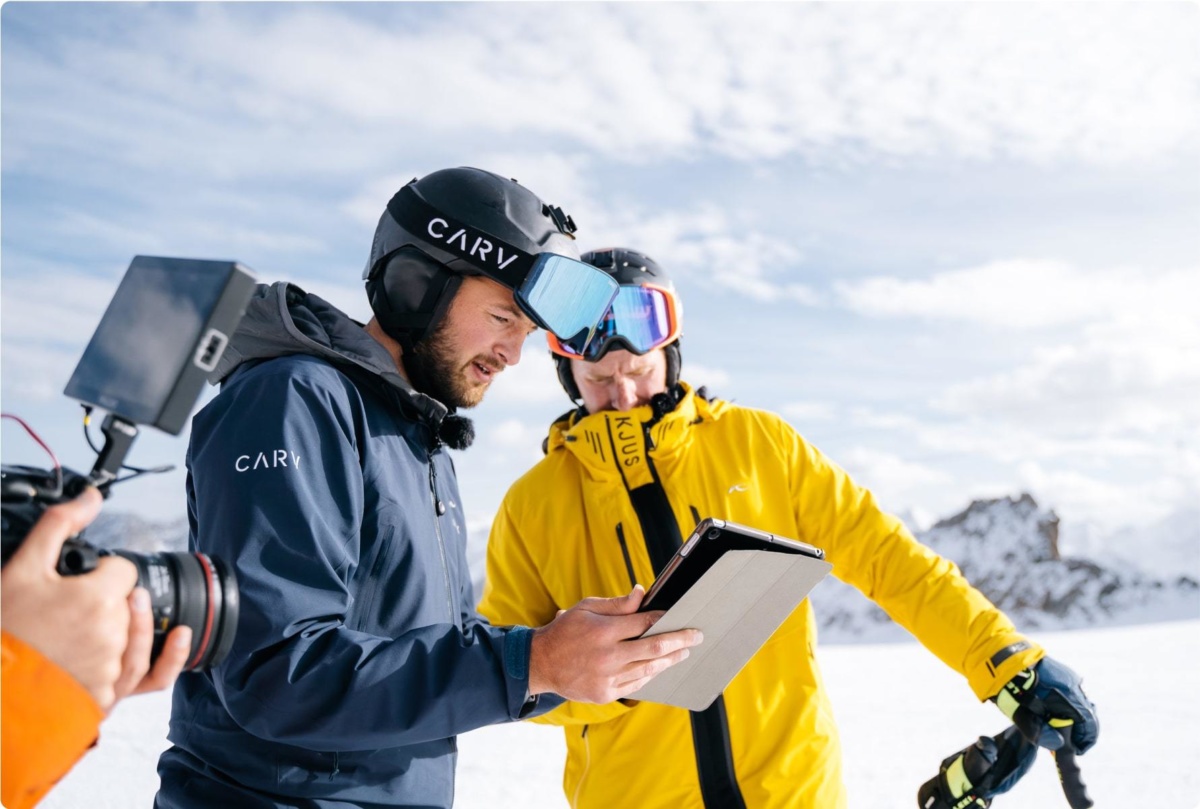
We left Solden having seen things in our data we hadn’t seen before. But what was most exciting was the potential that Ted’s data held.
Our mission is to codify great skiing using data science, and apply it to every skier out there with Carv. So how could we use our findings to help other skiers improve?
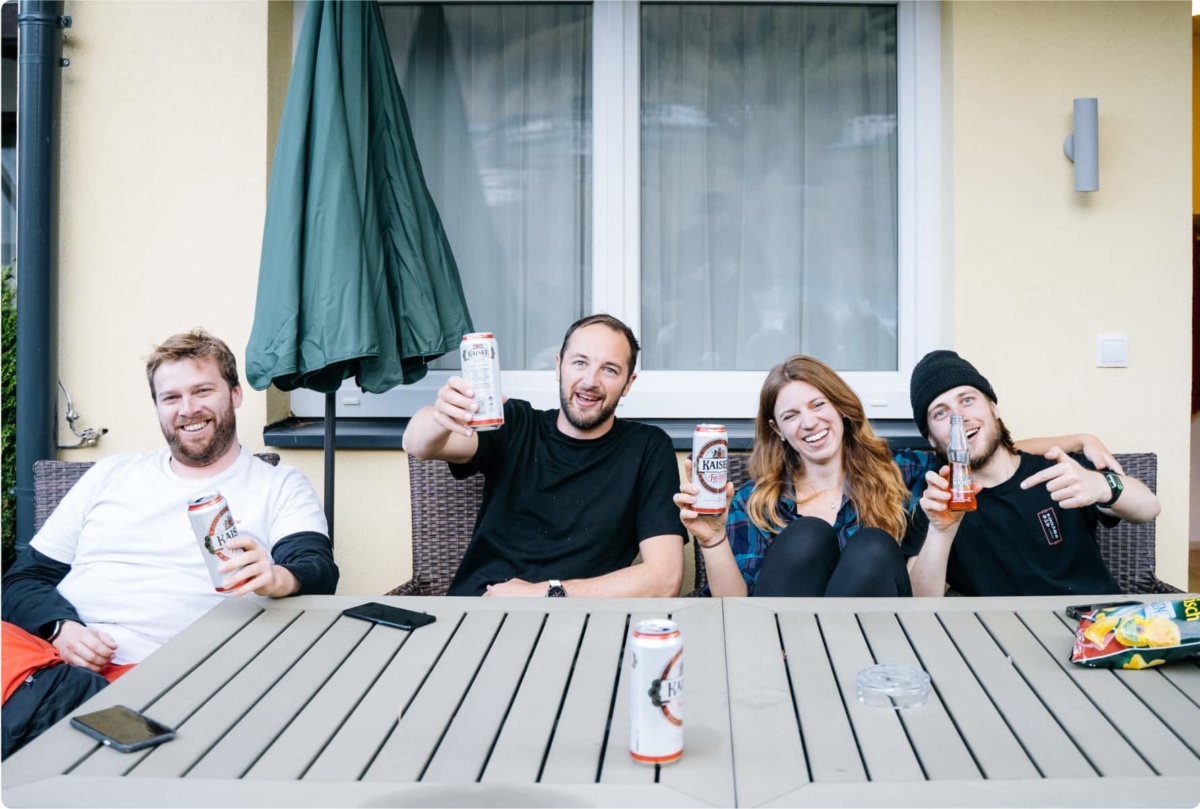
How Ted’s data has changed Carv
Most skiers won't get close to Ted’s skiing unless they have a lifetime to dedicate, but there are many aspects of his technique we now use to coach Carv skiers in our app.
In the past, our system has been biased towards making clean turns on blue/red slopes. However, we struggled to adequately recognize and reward the high level of skill required for executing this technique on steep, challenging terrain as demonstrated by Ted.
- This year's Ski:IQ Hintertux update marked a significant leap in our system - working with Ted and using his data we introduced two new metrics that capture the nuances of high level skiing:
- We also improved six of our existing metrics and debuted Terrain Detection, a feature that assesses and rewards skiing based on the difficulty of slopes being skied.
It's important to say that we are still at the start of our journey, Carv progresses enormously each year, fuelled by our users' passion, data, and feedback, and there is still a lot more we can learn as we build our system with Ted and other athletes.

Progressive Edge Build
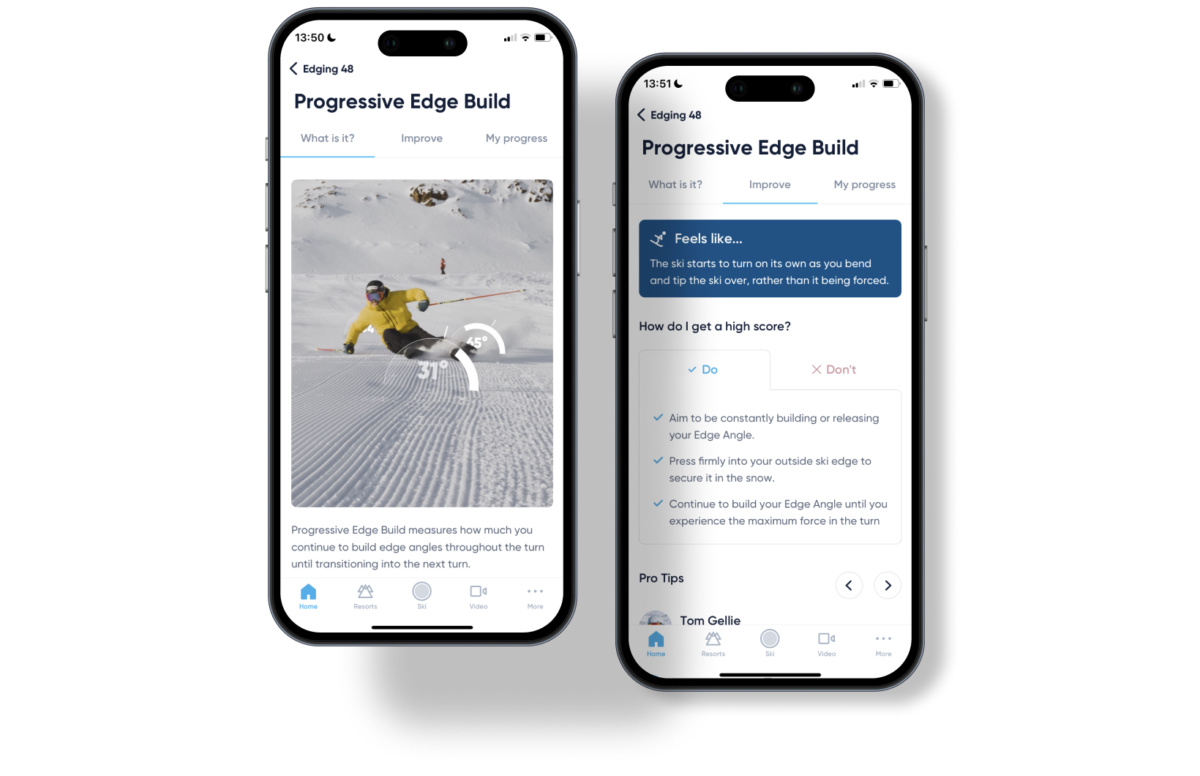
When we analyzed Ted's data, we noticed that he was also consistently increasing his edge angles throughout the turn. This behavior resulted in a more rounded edge angle profile throughout the turn. Inspired by this observation, we developed the 'Progressive Edge Build' metric to quantify this concept.
If you want to ski like Ted, you should aim to continually increase your edge angle for the majority of your turn, resulting in a very rounded turn with significant 'progressive edge'. This metric requires skiers to maintain and enhance their edging and steering effort throughout the turn to adeptly counteract the forces involved.

G-force
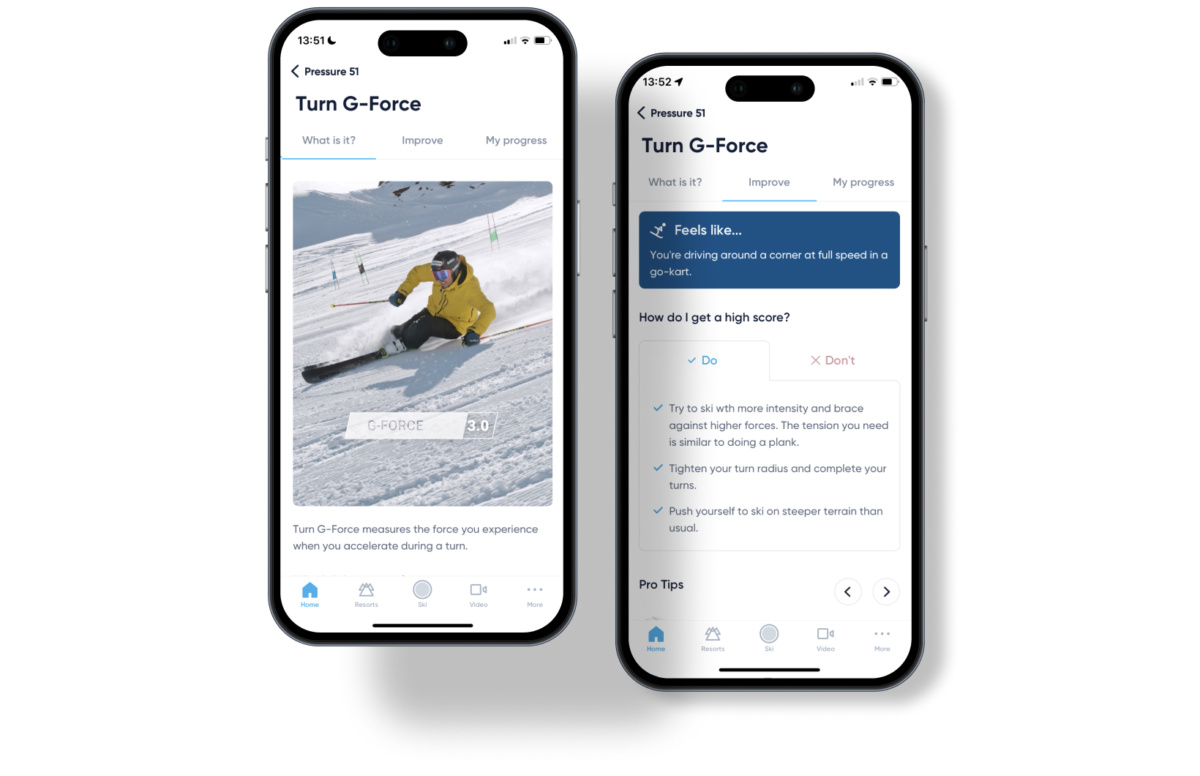
Last summer, during an experimental machine learning project, we discovered a metric based on acceleration data that showed a high correlation with skiing ability. However, this metric did not isolate the G-force generated specifically by the ski turn. Knowing Ted's reputation for aggressive, high G-force skiing, we were naturally curious to determine the extent of G-forces he could achieve. Thus, we rolled up our sleeves and set out to isolate the G-force created during a turn to refine this metric.
A higher G-force can be achieved on steeper slopes, so improving your G-Force metric will mean being encouraged to venture out of your comfort zone which Ski:IQ typically hasn’t rewarded enough.
This metric was extremely highly correlated with Ski:IQ - which means it’s something that we are likely already seeing in expert skiers.
So… is Ted’s turn impossible?
We can all make an incredible turn on blues, but almost no one else in the world can do all of that on the steepest terrain out there, keeping the same amount of clean initiation, the same progressive edging build, and the smooth pressure control to manage those forces.
Putting Carv in Ted’s boot gave us a whole new perspective on ski technique. It has shaped the way we’ve developed our product and allowed us to help other skiers get a bit closer to the perfect turn. Ted’s almost impossible turn really did change the game. Our mission is to help skiers have more fun by improving their technique, Ted’s helped us get there.